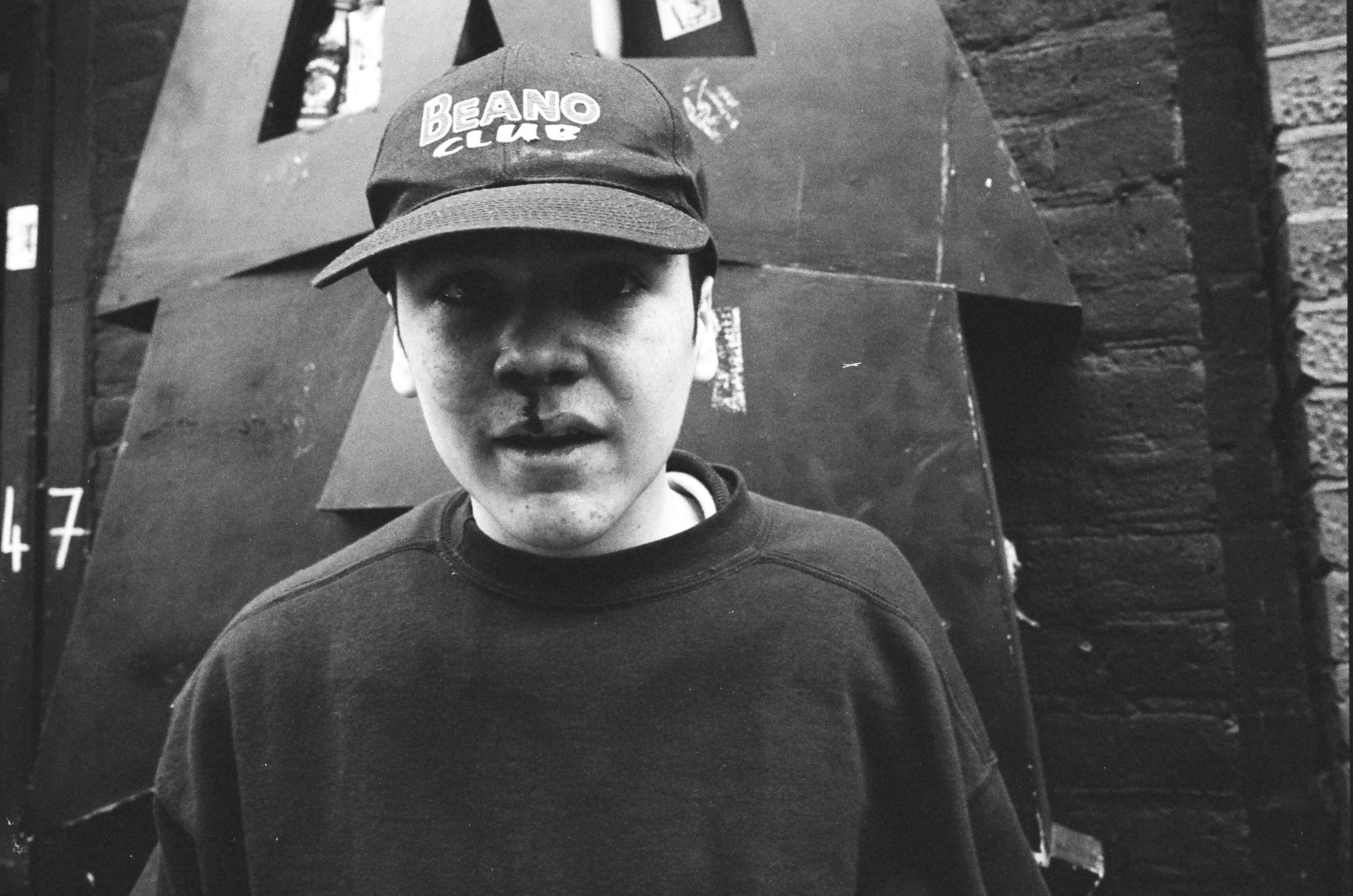Writing in The New Yorker in 2015, Pulitzer Prize winner Kathryn Schulz closely examines the recent trajectory of the phrase ‘rabbit hole’. “How did ‘rabbit hole’, which started its figurative life as a conduit to a fantastical land, evolve into a metaphor for extreme distraction?” She considers the question over a series of lengthy passages, scrutinizing its metamorphosis from the pages of Lewis Carroll’s Alice’s Adventures in Wonderland to its more common definition today as a byword for internet binges, via references to The Matrix and Reddit. For James Edson — who has employed the phrase for his new book of photographs, Rabbit Hole, launching at London’s ICA next month — the moniker carries multiple readings.
“My friend John Knight sent me a copy of Jarvis Cocker’s book with this postcard with a rabbit that he’d drawn on it,” James says. “I was thinking of a name for the book – it was more a zine at the time – and Rabbit Hole was a thing I’d considered. When that came through the post I was just like ‘fucking perfect, the cover’s right there’. It’s 25 years of photographs, so a sort of ‘going down the rabbit hole’.”
Underscoring the title’s significance is the book’s physical appearance: the images are positioned across spreads that rotate 45 degrees when the page is turned, a feature that Stuart Hammond characterises in the accompanying text: “…when properly viewed, the book will have its reader slowly revolving this big handsome object; whirling the book methodically around and around in front of their face with an absurd determination. Staring into a sort of vortex that they’re making in the act of looking at it.”
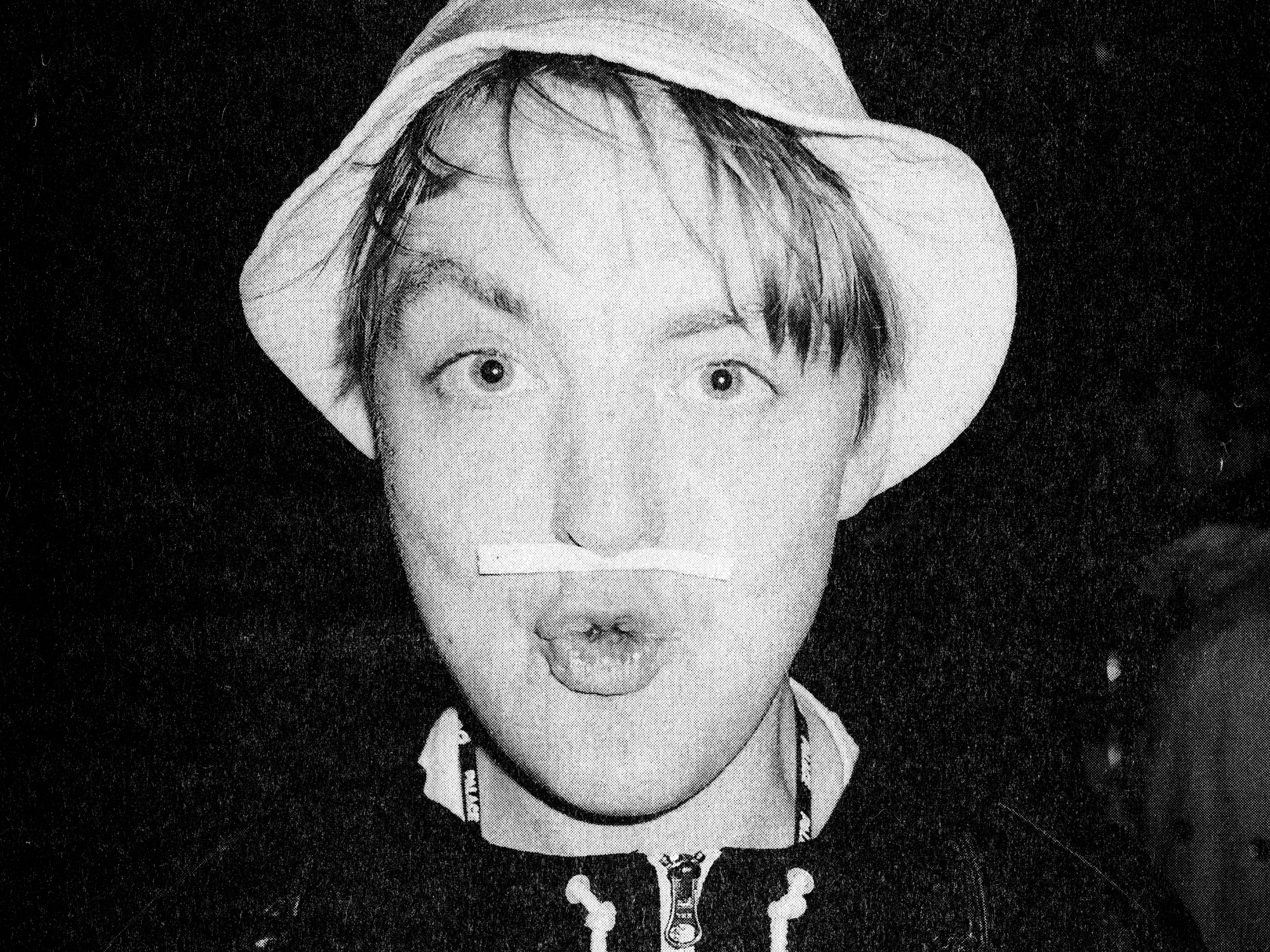
It was Stuart who initially came up with the Palace Wayward Boys Choir tag in the mid-00s, a label that continues to group James and others who were privy to those early days in south London (‘Palace’ was a riff on the nickname the guys would give their various domestic spaces), and from which Lev Tanju’s acclaimed streetwear label was ultimately christened. “We were just a group of mates that skated together,” James explains today. “I think people showed an interest because of the DIY mentality. It’s an interesting group of people generally speaking, everyone does their own thing, making art or photography or music or whatever.” For his part, as well as taking photographs, James founded east London’s Wayward Gallery, which ran from 2008 through 2015. (“I’d love to do it again, but they’ve knocked down every building that’d be any good for it,” he says of a potential return).
A skater initially, James acquired his first board while still a pre-teen in Sheffield in 1988, gifted an “old 70s board with rock solid wheels” by his cousin. Moving south to the capital at the start of the 00s, he found his tribe hanging out on London’s Southbank, the epicentre of the city’s skate scene for more than forty years. “I preferred it when there was no graffiti and it was just an organic space,” he asserts of the area’s changing landscape. “But now it’s great, I was there the other day to meet Lev and a few people from our old crew. It really seems like the scene’s thriving, with people from every walk of life, which is obviously a good thing.”
He began taking photographs aged 16, while still living in Sheffield, first embarking on a stint studying the medium at his local college. “I think I dropped out? I didn’t understand the technical aspects, I was too young and I was trying to put skating into it, which they didn’t like,” James says, reflecting on the sport’s status in the mid-90s. “It was way before skating was as popular as it is now. I think they just thought ‘what the fuck is this guy doing?’.”
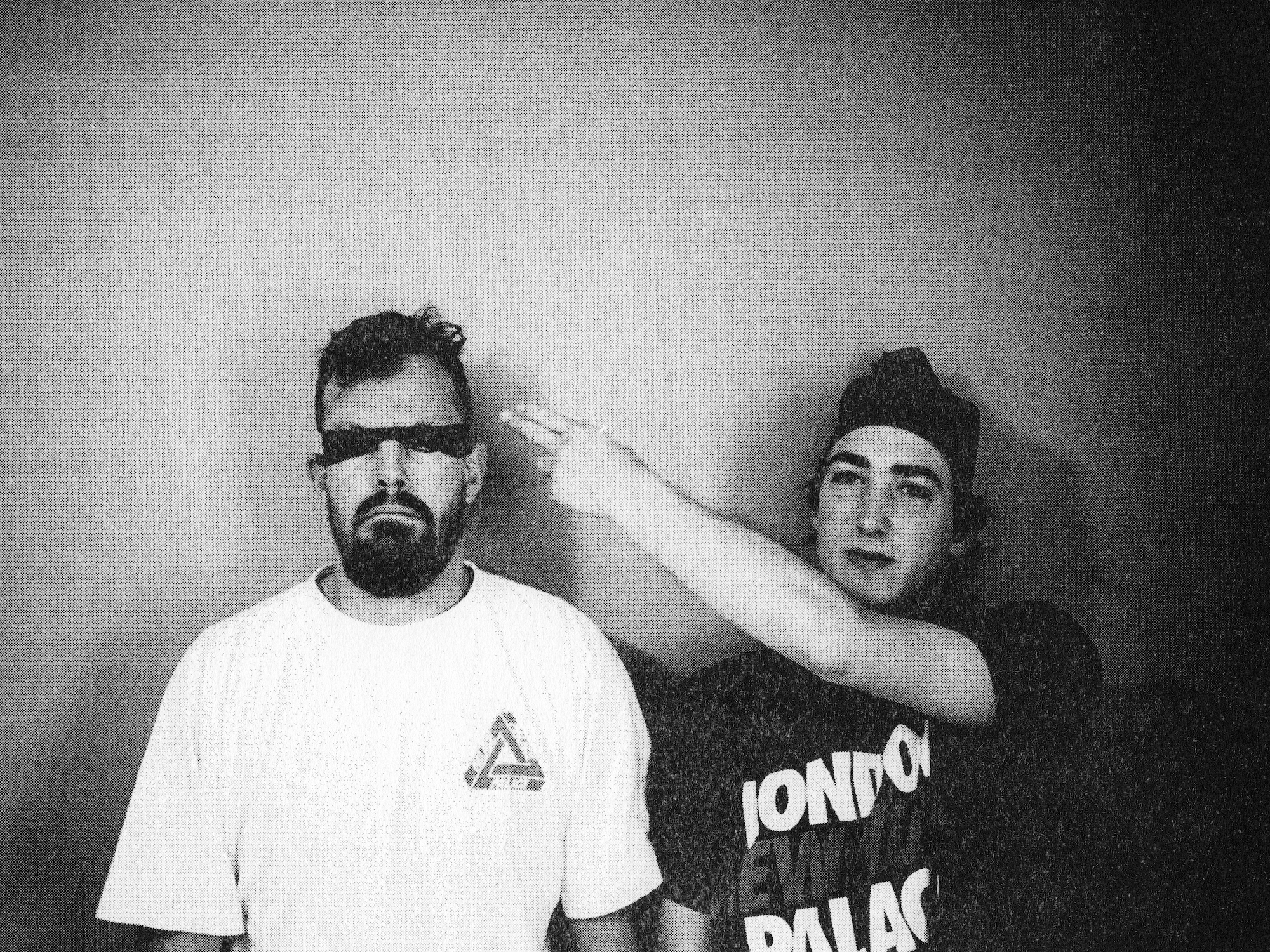
Marrying the two today, following Palace’s ascent and the wider adoption of skate aesthetics in popular culture in the UK, is a different story he observes, and Rabbit Hole’s protagonists are predominantly James’s friends from PWBC’s extended community. “I guess they are quite intertwined,” he notes of the relationship, “mainly because a lot of the documentation of skating is films and photography. That’s where the creative side comes into it.”
An unofficial extension of the Persian Rugs show and zine series he produced in 2014, in addition to Stuart and John, Rabbit Hole sees James collaborating with Melbourne-based publisher, Matthew Peter Karak of MPK Studio. “In the beginning, I thought it would probably take a couple of weeks,” he laughs, recalling how the pair originally planned to work on another, more straightforward project that eventually led to the idea for a zine, and finally the book (it ultimately took the best part of a year). “It was really difficult going back through so much stuff, trying to work out what to put in, and it just conjured up all this weird emotion – pictures of friends I haven’t seen for a long time, people who had maybe died….”
Photographing his friends is core to what James does, but that’s not to say his sphere is full of posturing. “There’s less pressure maybe, but then a lot of people don’t want to be photographed either. I think, ultimately, the pictures don’t come across so contrived [because they’re my friends].” Leaning into the DIY sensibility borne out of his earlier skate mentality, his pictures don’t ascribe to one specific genre he says, instead occurring almost as a by-product of a good time. “Nothing’s posed or really staged, it’s all just capturing a moment really. My work generally is kind of documentary, but also a lot of it is portraiture. It’s an organic process for sure.”
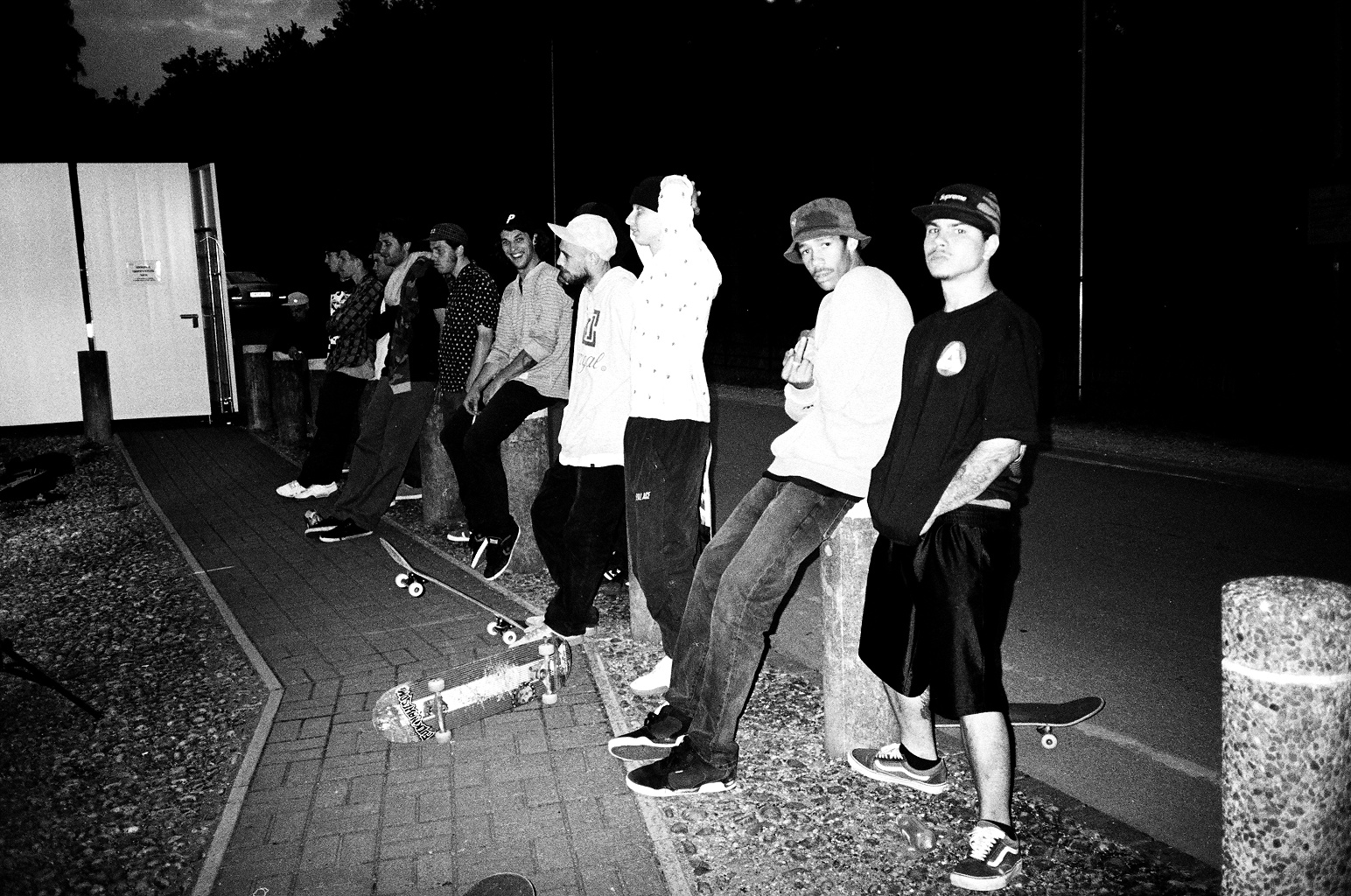
An emotionally intense project, Rabbit Hole’s release is both an exciting and terrifying event says James. “It’s putting myself out there, in a way I’m maybe not that used to,” he says, alluding to the personal nature of the work (the book itself he supposes, is “probably made for the people in it.”).
“Every single part of it was relevant in one way or another to the whole process, but it’s been draining. I mean, it’s been amazing, but looking through thousands and thousands of images, it’s taken me to places that I’ve not been to for a long time. I’m definitely gonna need to have a little breather.”
James Edson ‘Rabbit Hole’ launches at the ICA on 3 August
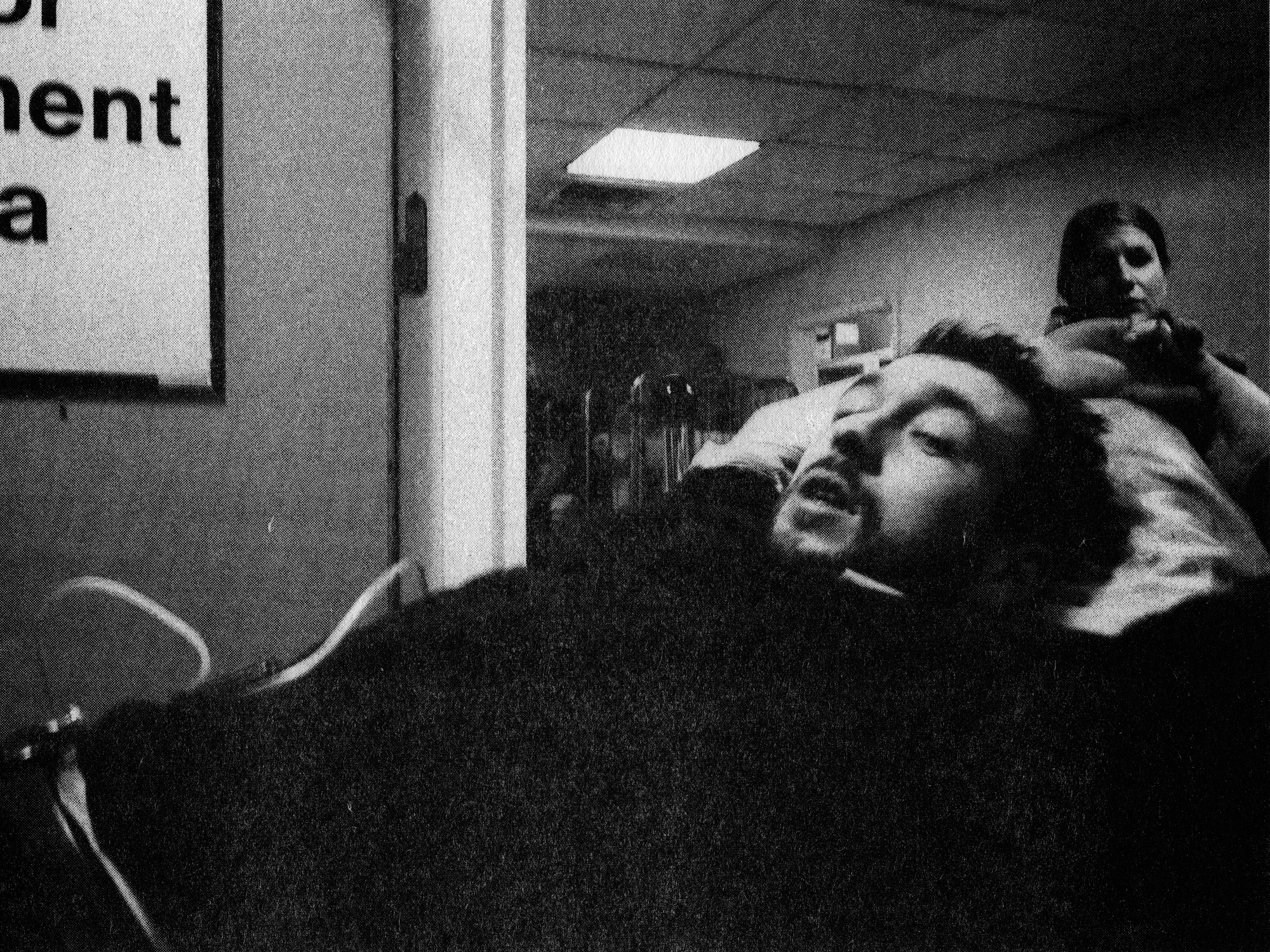
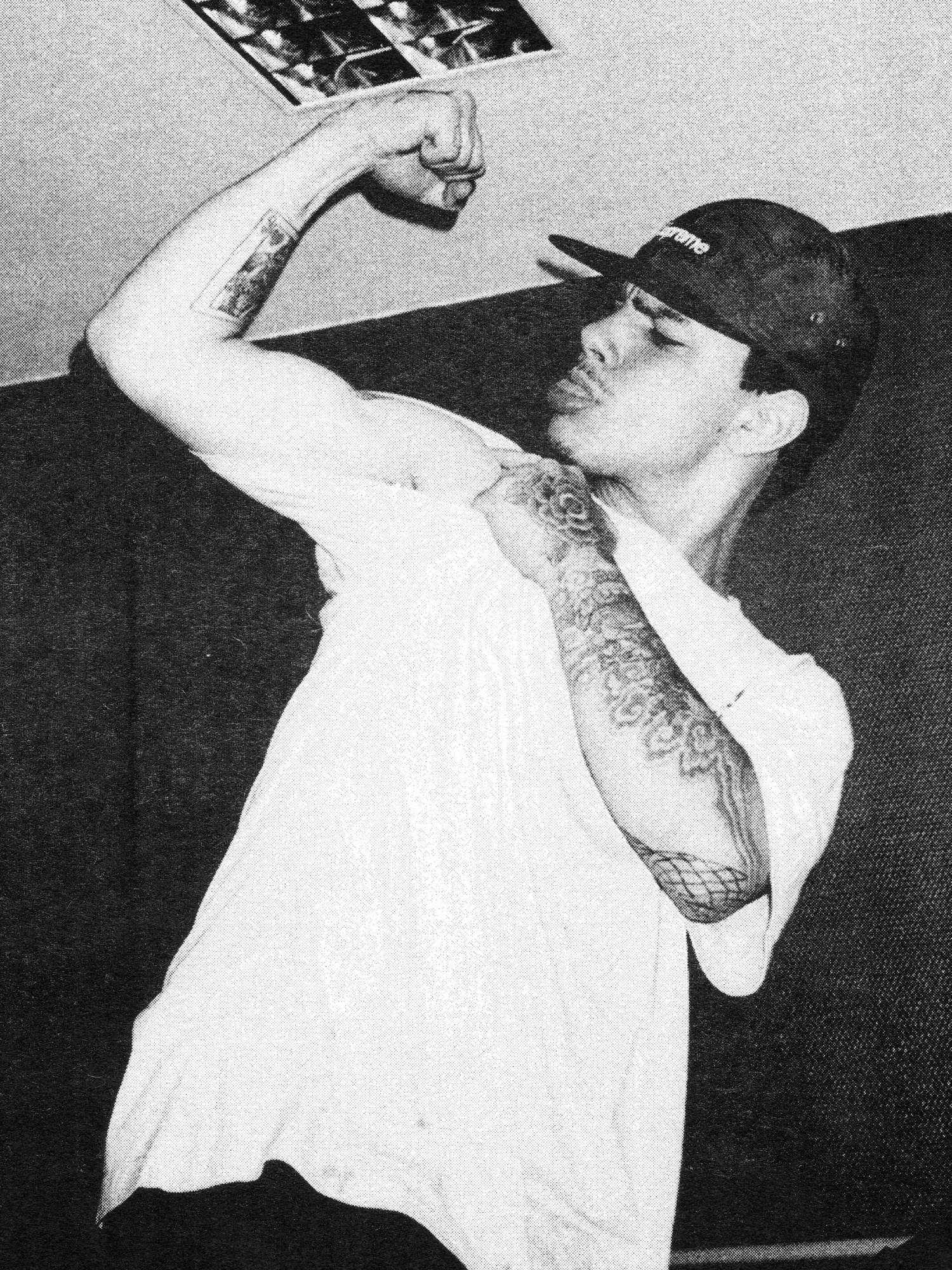
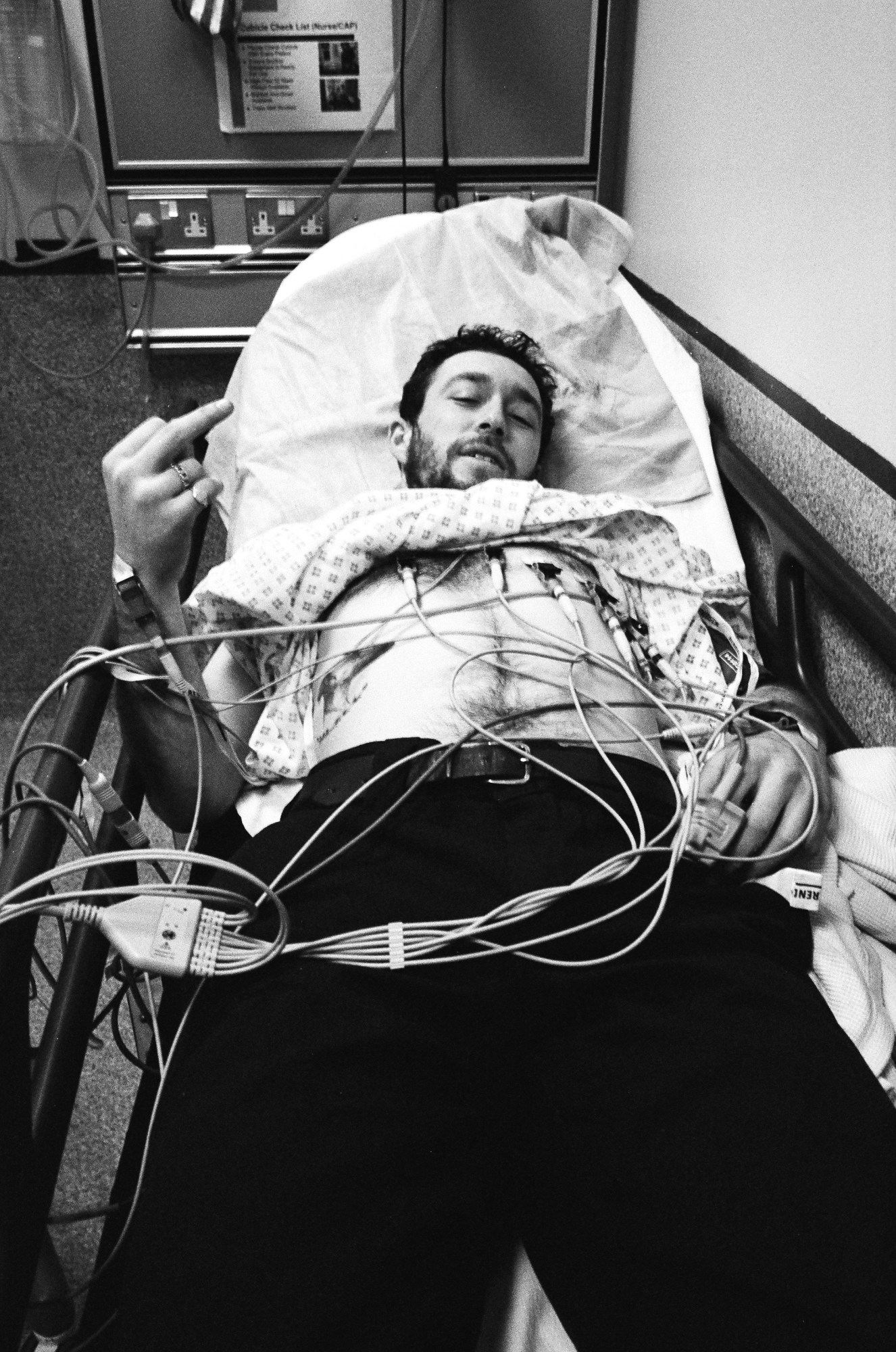
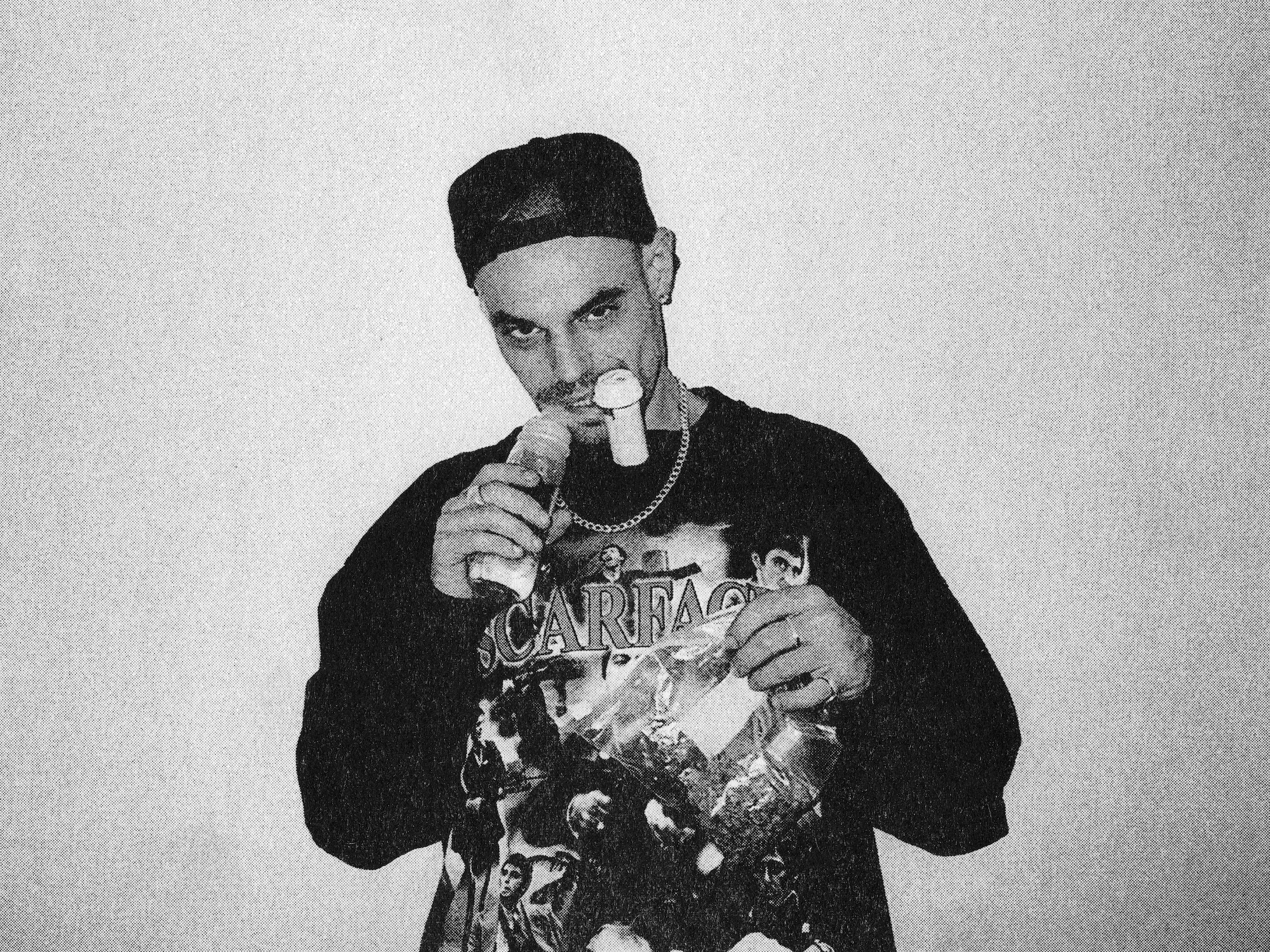
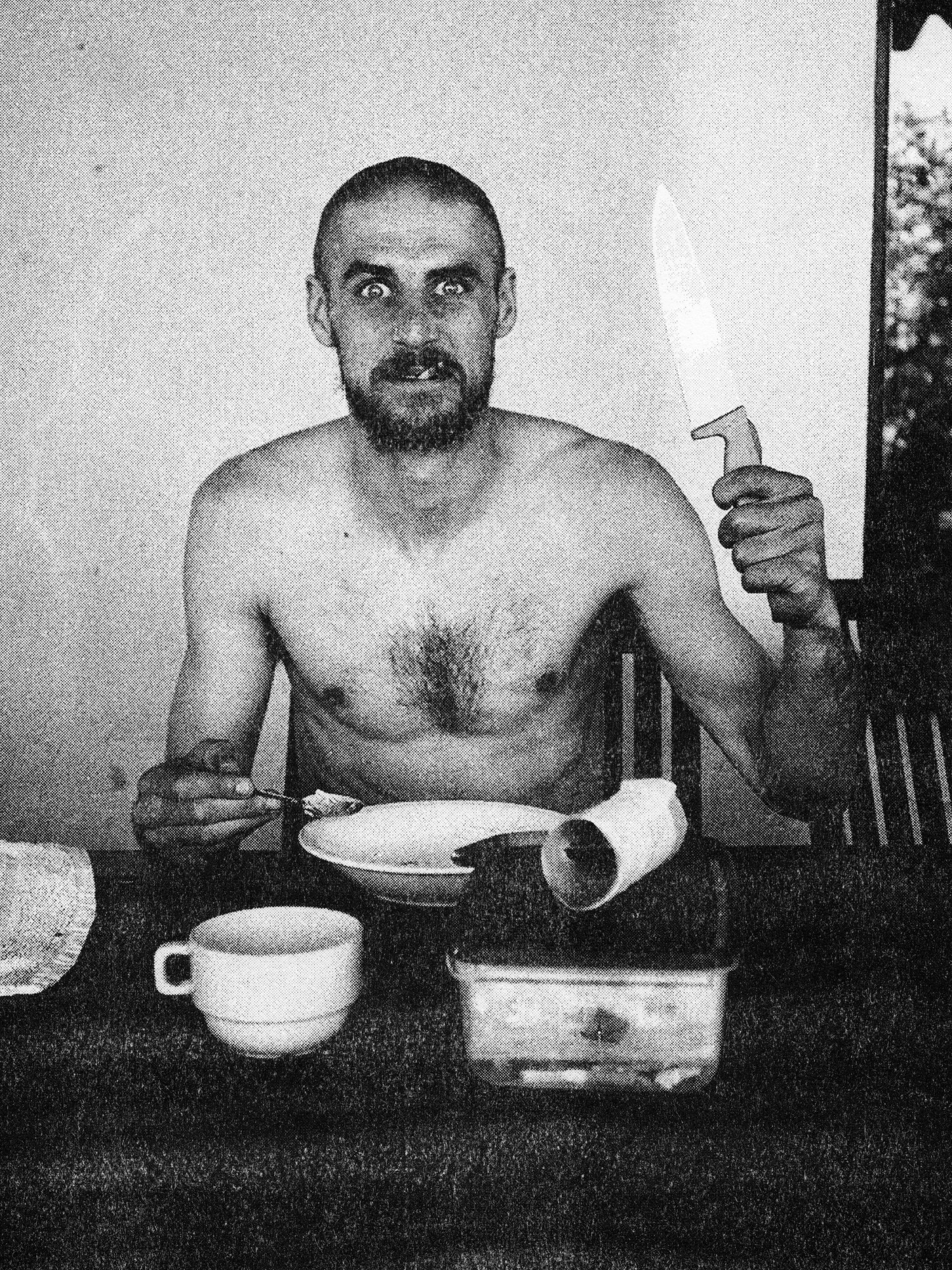

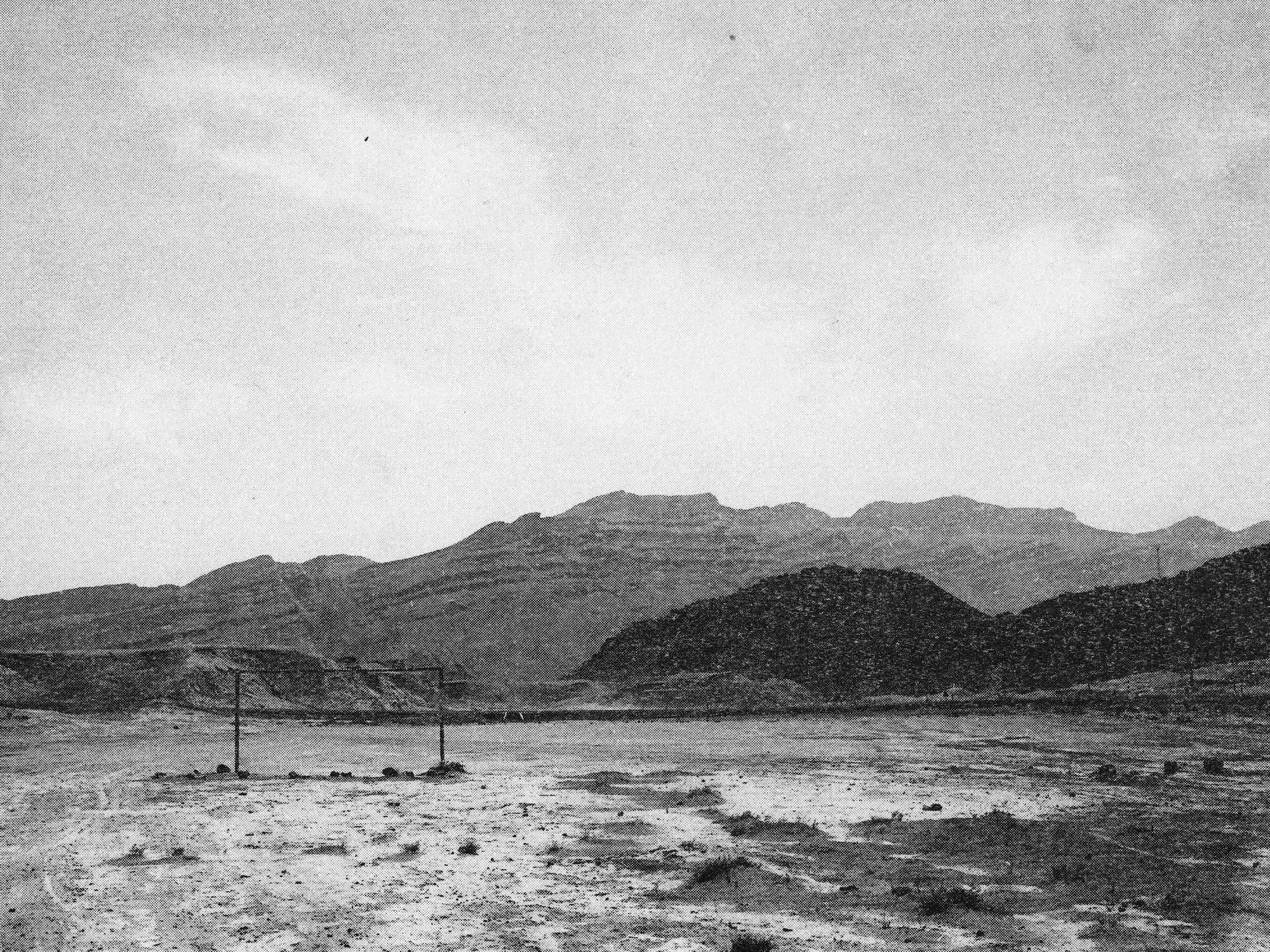
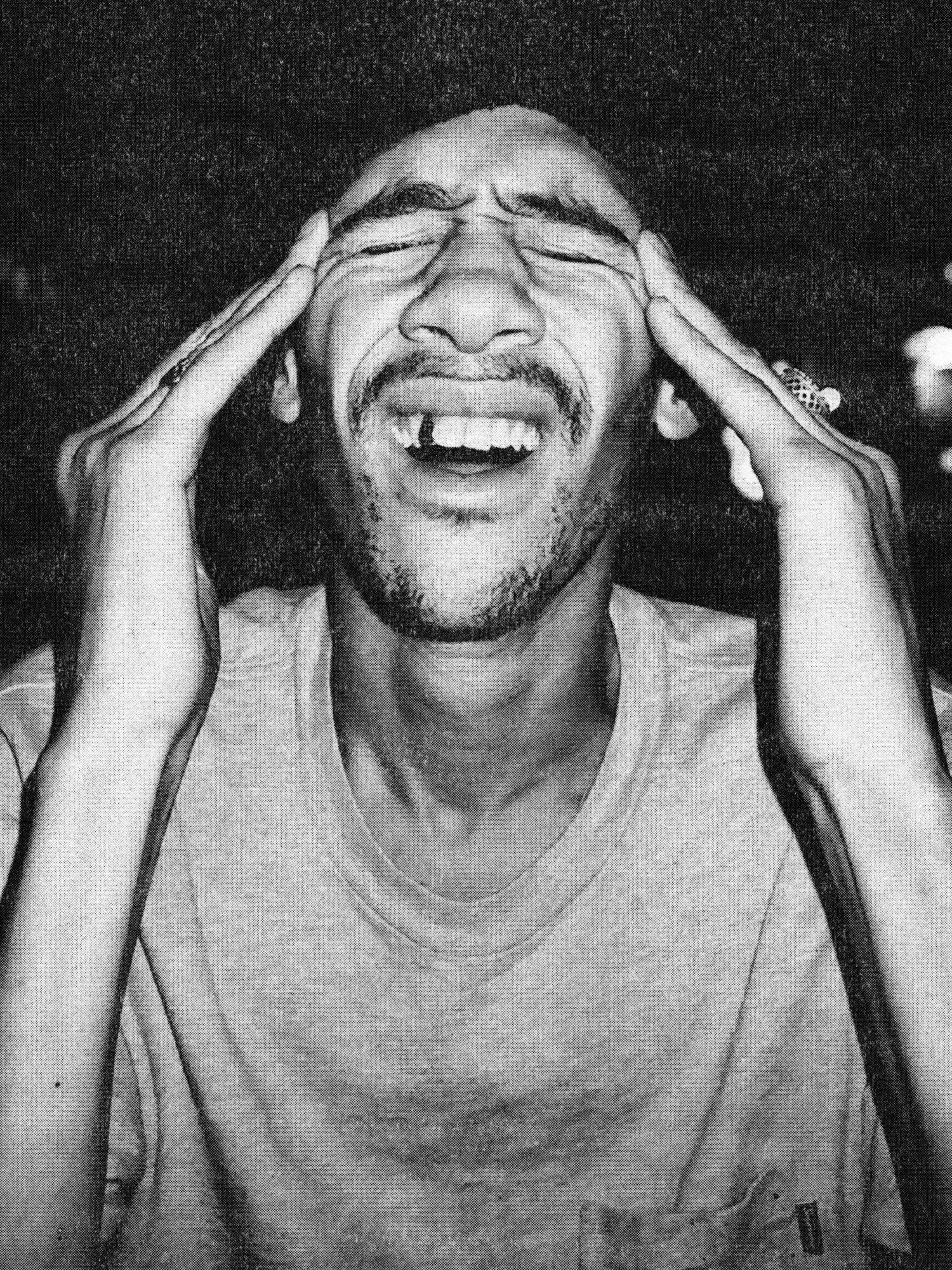
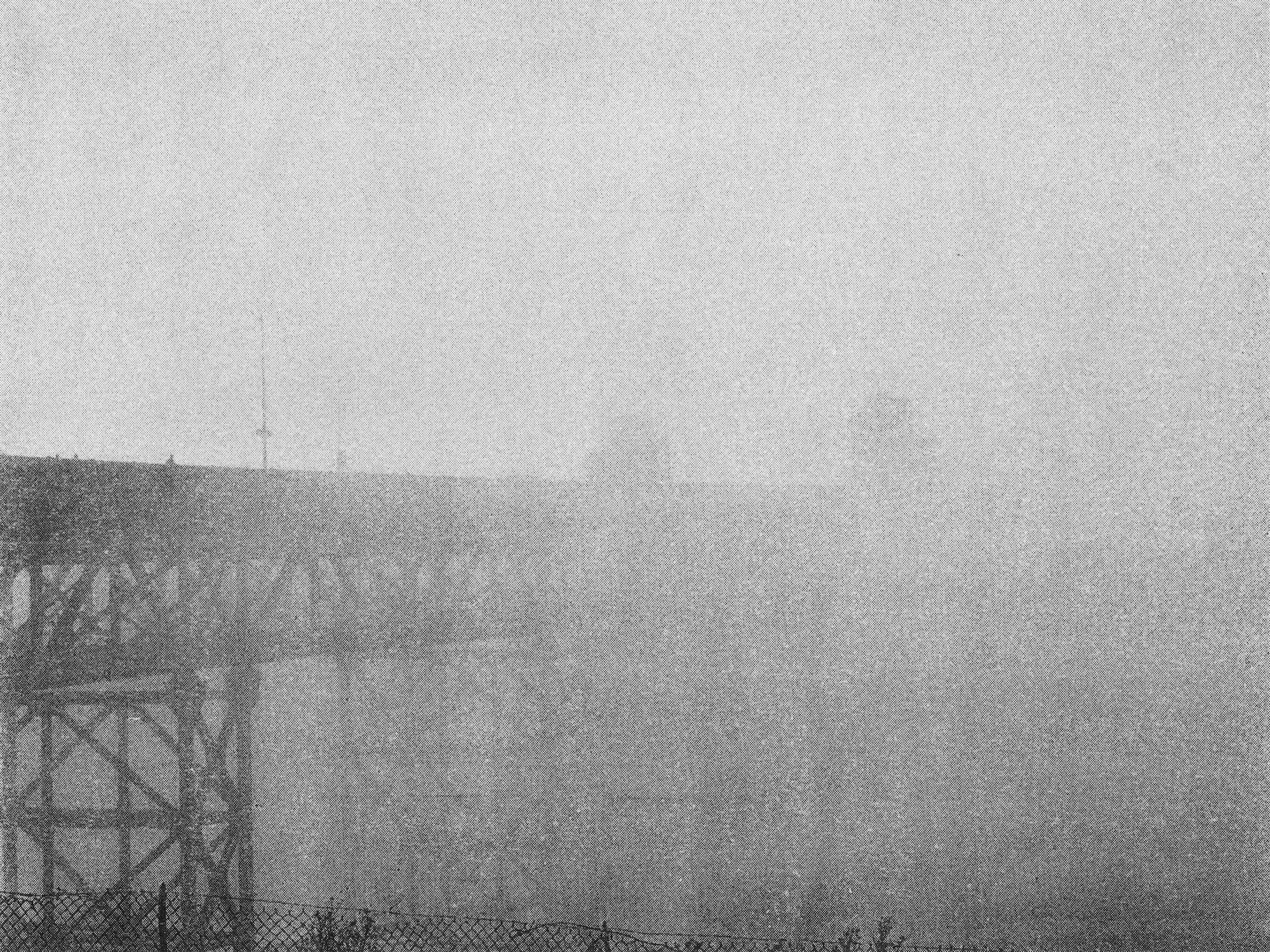
Credits
Images courtesy of the artist and Institute of Contemporary Arts
